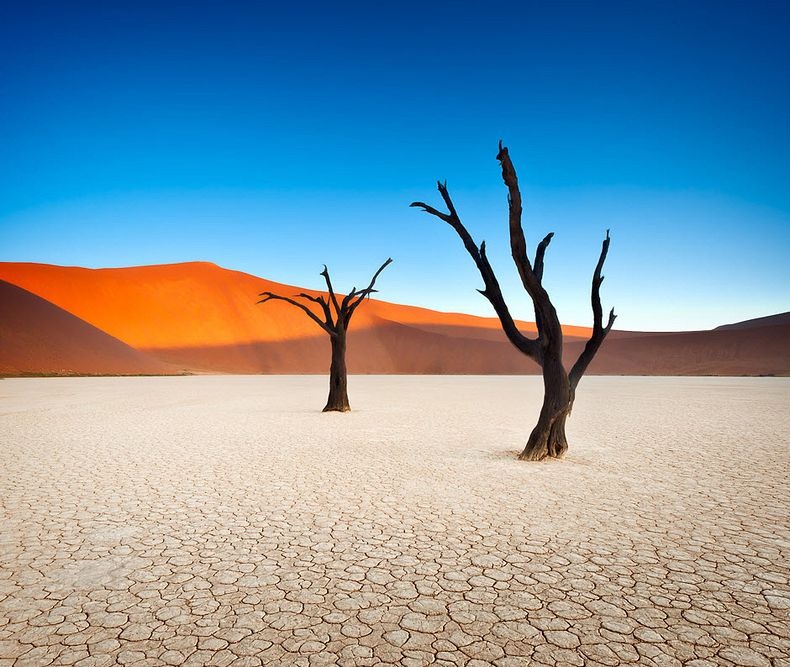Tucked in the southern part of Africa, Namibia is undoubtedly one of the fascinating countries in the world. From its beautiful and generous people, and amazing sceneries, to its cultural heritage, very few countries can compete. However, it remains one of the least visited destinations. Simply put, it’s a hidden gem, waiting to be explored. We’ve curated some of Namibia’s best attractions for two of the best weeks of your life. If you are too excited to read the article and want to jump right into the action, 4×4 hire Namibia would be the best place to start.
The first week of your visit is the time to experience the sun overhead and learn about the significance of the Tropic of Capricorn and how it affects the world’s climatic conditions. 
This will arguably be your favourite spot on your first trip to Namibia. Here, you will see thousands of Cape Fur seals, not on National Geographic, but with your own eyes. 
Being the second-largest canyon in the world, Fish River Canyon is a must-visit destination in Namibia. 
Deadvlei is without a doubt one of the most beautiful, photographed hidden gems in Namibia nestled in the midst of the highest dunes of the Namib Naukluft National Park, the largest conservation area in Africa and the fourth largest in the world. The white limestone clay floors and fossilized trees over 900 years old give it an eerie, but the peaceful sense of calmness. Hire 4×4 in Namibia to accommodate your travel. 